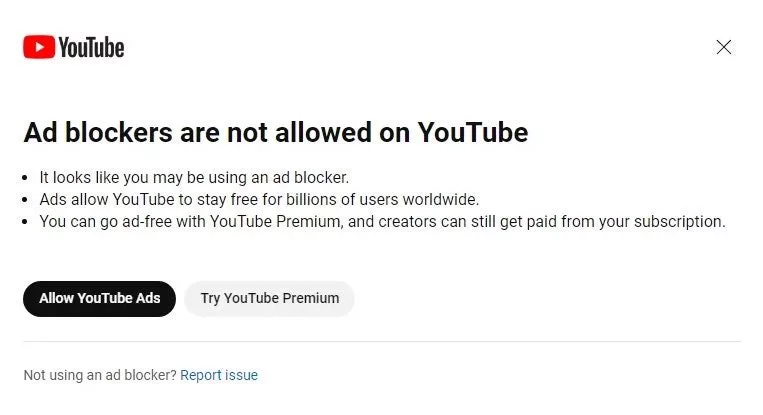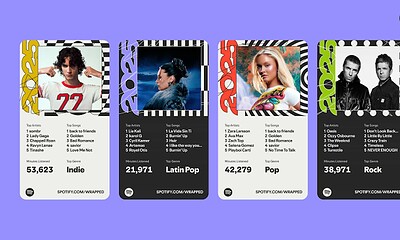Entertainment
YouTube closes ad-blocker loopholes, angering users with new video restrictions
YouTube is rewriting the rules of engagement, shutting down ad blockers with a decisive no-play policy and sealing off the last loopholes.

Just a heads up, if you buy something through our links, we may get a small share of the sale. It’s one of the ways we keep the lights on here. Click here for more.
Step away from that uBlock button, bucko—YouTube just slammed the door on its last big ad-blocker loophole, and the internet is having a collective “skip ad” meltdown.
YouTube’s war on ad blockers started with polite pop-ups last spring. Now, the platform is flat-out refusing to play videos if it sniffs a blocker hiding in your extensions tray.
The latest update quietly patched workarounds that Firefox users and a few sneaky Chrome scripts were leaning on, effectively nuking the “free ride” many users previously enjoyed.
How We Got Here
- May 2023 – Warning banners appear: “Ad blockers violate YouTube’s Terms of Service.“
- Late 2023 – YouTube actively prevents video playback for users with ad-blocking extensions.
- October 2023 – YouTube expands enforcement, closing loopholes allowing users to bypass restrictions.
According to Tom’s Hardware, the company specifically patched detection gaps that let Firefox and other browsers trick the site into thinking no blocker was present.
The enforcement is powered by client-side JavaScript checks that validate whether ad calls are being interrupted or skipped.
This crackdown appears to be rolling out gradually, as some users report still being able to access content with blockers enabled.

Why YouTube Says This Matters
YouTube argues that ads bankroll the creators we binge-watch at 3 a.m. Without that revenue, your favorite tech teardowns and cat-with-synthesizer compilations could disappear.
Subscription Insider reports that the platform’s advertising business continues to grow. Ad revenue is projected to hit $36.1 billion in 2025, marking a 14.6% increase compared to 2024.
The User Rebuttal
On the flip side, many users are expressing frustration with the decision, citing lengthy pre-roll ads and privacy concerns.
Some are considering alternative platforms, while others are looking for new technical workarounds.
The latest anti-ad-blocking prompts are appearing for users worldwide, with messages stating “Ad blockers violate YouTube’s Terms of Service.”
What You Can Actually Do
- Pay up: YouTube Premium remains the officially sanctioned ad-free path. The platform actively promotes this option in its anti-ad-blocking prompts.
- Go native: Disable third-party blockers and allow YouTube ads to play. This option is prominently featured in the warning prompts as “Allow YouTube ads.”
- Shift platforms: Consider alternative video platforms that may have different approaches to advertising.
- Report issues: If you’re seeing the warning without using an ad blocker, YouTube provides an option to “Report an issue.”
Big Picture
The crackdown highlights a larger internet dilemma: Is “free” content really free if you’re paying with attention and data?
As YouTube’s user base expands to an expected 2.85 billion monthly active users in 2025, the platform is intensifying efforts to ensure its advertising model remains viable.
Bottom line: For now, if you want uninterrupted meme marathons, your wallet—or your patience with ads—will have to do the heavy lifting.
What do you think about YouTube’s latest crackdown on ad blockers? Is it a fair move to support creators, or does it cross the line for user experience and privacy? Let us know in the comments below.




































Joe
June 13, 2025 at 8:58 am
Or just use new pipe, tubular or a myriad of other programs to block ads